
Ways In Which Climate Change Will Affect America
- Extreme unpredictable weather, that has brought about destructive hurricanes, snowstorms, floods and drought in different parts of the world, is believed to be the result of climate change.
- Climate change is putting around a million species of animals at risk of becoming extinct.
- Increased flooding can destroy more sanitation facilities and ultimately contaminate water sources.
- Scientists also believe that climate change is turning forests into a giant match stick. Warmer temperatures make plants and vegetation drier which can fuel wildfires.
Climate change has been part of the political and environmental discourse for many decades. Yet, many remain unconvinced of its looming threat even with evidence of its devastating effects in modern-day life. Extreme unpredictable weather that has brought about destructive hurricanes, snowstorms, floods, and drought in different parts of the world is believed to be a direct result of climate change. Its effects in America cannot be denied and scientists predict that climate change’s impacts on the country will go far beyond just increased temperatures.
According to the Climate Science Special Report (CSSR) by the US Global Change Research Program, the average annual temperatures are expected to rise by about 2.5°F in the United States from 2021-2050. “The higher temperatures projected for the United States and the world are expected to increase the intensity and frequency of extreme events,” the report explains. Here, we discuss some of the extreme events in the US that will come as a result of climate change.
Hurricanes Will Be More Intense

According to NASA, at this rate, people should expect stronger hurricanes with longer duration and increased frequency. “Hurricane-associated storm intensity and rainfall rates are projected to increase as the climate continues to warm.” Warmer sea temperatures can intensify storm wind speeds which will deliver more damage and destruction when they make landfall. If nothing is done soon, people should brace themselves for more unpredictable hurricanes that will cause a massive loss of lives and property.
Increased Flooding
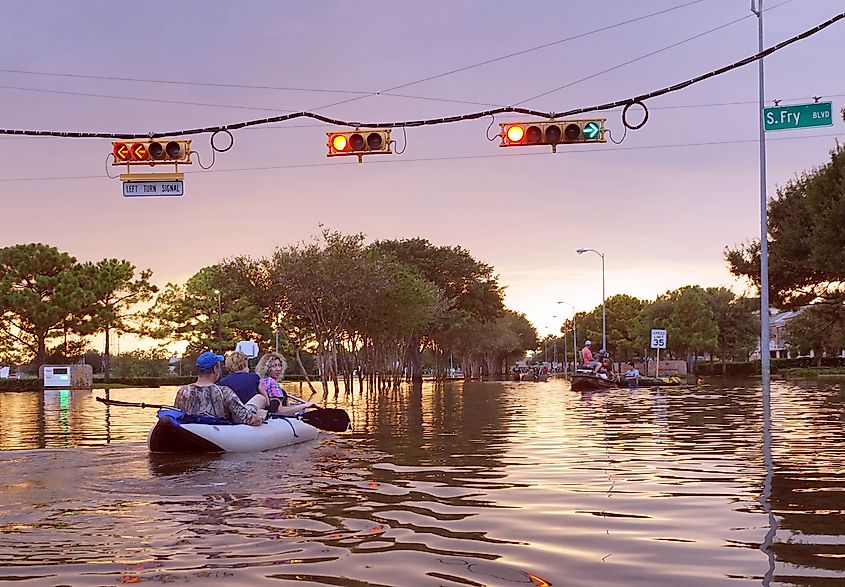
“Global sea level has risen by about 8 inches since reliable record-keeping began in 1880. [And] It is projected to rise another 1 to 8 feet,” says NASA. As the world’s temperature gets warmer, more ice from the polar region melts, causing sea levels to rise. More frequent hurricanes bringing in more precipitation combined with high tides and higher sea levels would increase the occurrence of floods. Expect more intense flooding in many parts of the country in the next couple of years.
Reduced Food Supply

Climate change is expected to bring extreme weather patterns that will in turn affect people’s food supplies. Increased frequency of intense hurricanes coupled with flooding will destroy crops. Farms will also struggle to produce food as droughts become more common in other areas. Unpredictable rain patterns will affect harvest and planting schedules. Many fear that with the rate with which humans are causing the increase in Earth’s temperature, farmers will not have enough time to produce ample food for the world’s ballooning population.
Spread of More Infectious Diseases
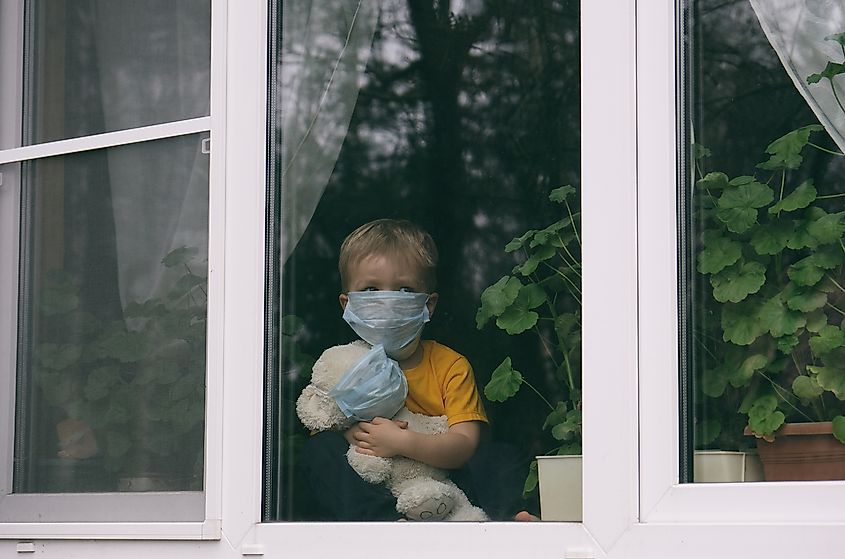
According to the World Health Organization (WHO), climate change has caused an apparent increase in many infectious diseases. Increased flooding will contaminate more potable water supplies causing waterborne illnesses. Physical movements of animals due to changing environments, according to research, will facilitate the spread of more viruses and other parasites. Warmer conditions are also known to improve breeding conditions, extend lifespan, or increase the activity of some insects that transmit viral infections.
Water Shortages
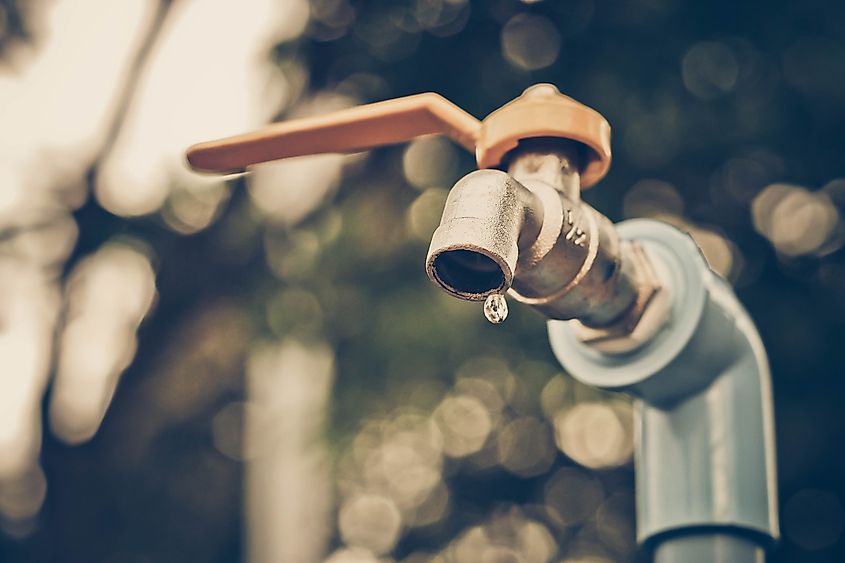
The United Nations (UN) reports that intensified flooding can damage additional water points and sanitation facilities, ultimately leading to water source contamination. The UN states, “Higher temperatures and more extreme, less predictable, weather conditions are [also] projected to affect availability and distribution of rainfall, snowmelt, the river flows, and groundwater, and further deteriorate water quality.” Meanwhile, the World Resources Institute (WRI) forecasts that within the next 20 years, many individuals in the US and globally will experience water stress.
Outdoor Work Will Be More Difficult

With continuous global warming, there will be an increase in the occurrence of heatwaves. There will be more compound heatwaves or those that occur one after another which will make work for farmers, construction workers, miners, and other agricultural laborers more difficult. According to information from Columbia University’s Earth Institute, by 2100, outdoor workers would have to start working four to six hours before dawn to avoid getting seriously ill because of heatwaves.
More Allergy and Asthma Attacks

Warmer temperatures lead to a prolonged pollen season and increased air pollutants, resulting in more allergy and asthma attacks. As the planet warms, plants generate more pollen and other allergens that can trigger rhinitis, conjunctivitis, and asthma. Experts predict that individuals will likely face a rise in chronic lung diseases in the coming years. Additionally, increased flooding and storms can promote mold growth, which is also associated with allergies and other respiratory issues.
Extinction of More Species In The Wild
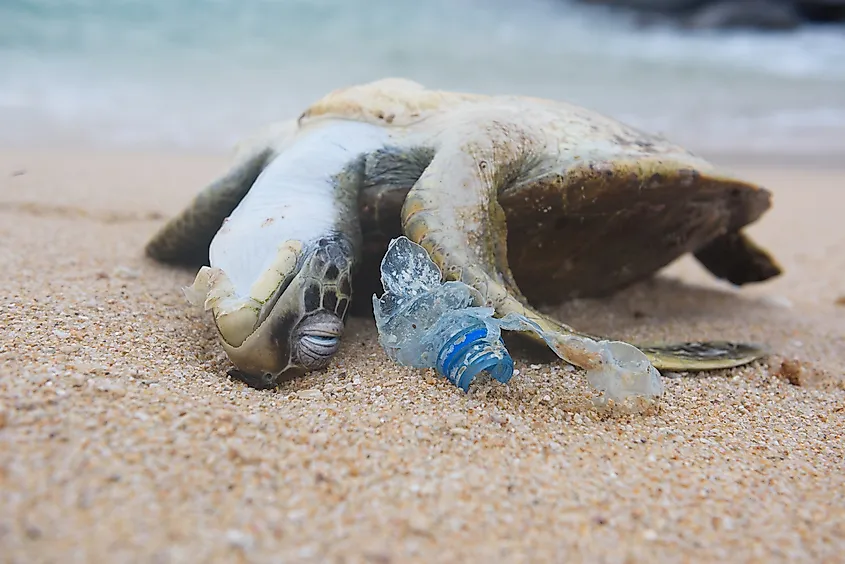
Extreme weather patterns and drastic changes in temperature are affecting the habitats of many animals in nature. Animals are built to survive only certain conditions and temperatures thus altering these will cause their populations to dwindle and their species to eventually become extinct. Extreme weather patterns are affecting the natural balance of nature, interrupting life cycles, taking away food sources for many animals, and exposing them to conditions that are detrimental to their survival. According to research, up to 1 million species of animals could become extinct because of climate change.
Plant Species Will Die
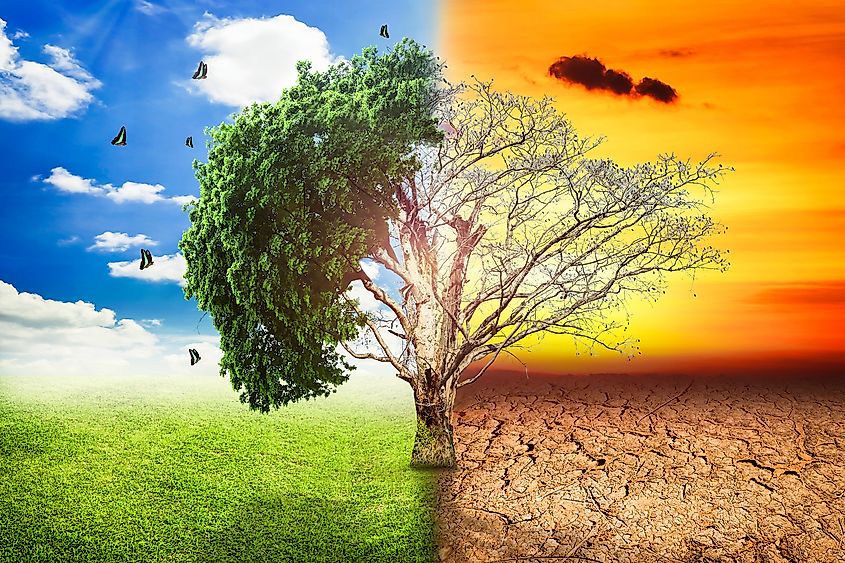
Climate change threatens not only the survival of numerous animals, but also pushes many plant species toward extinction. Rising temperatures can ultimately lead to plant death, change their growth patterns, or restrict their habitats. Unlike animals that can migrate to cooler regions when faced with extreme heat, plants lack this ability and will perish if temperatures rise beyond their adaptability.
Plants take many years to evolve and adapt to environments. For instance, some species of plants that live in the desert grow very deep roots to allow them to reach water sources deep into the ground and cactuses are known to store water in its stems, but the rate at which the Earth is warming will give plants very little time to adapt.
More Wildfires
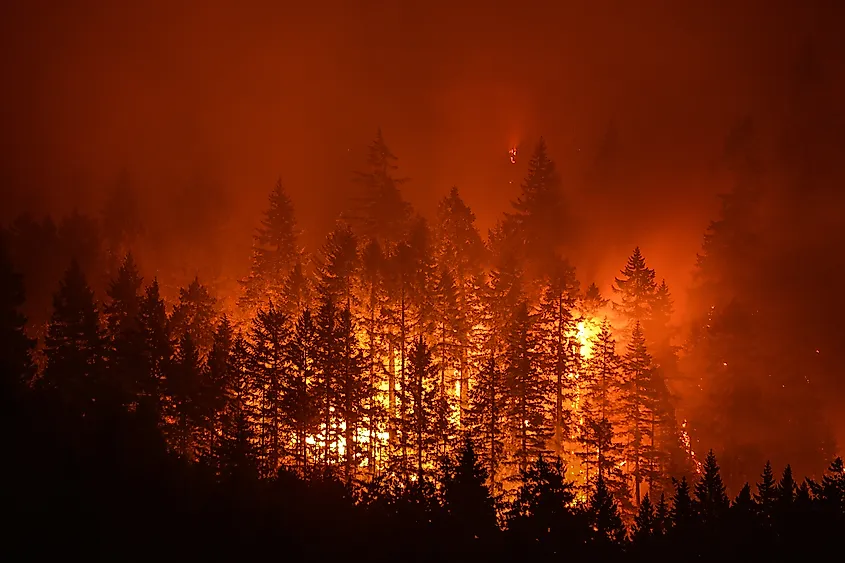
Scientists are convinced that climate change is transforming forests into massive kindling. Increased temperatures are drying out plants and vegetation, which can intensify fires. Additionally, climate change is thought to lead to more lightning strikes that ignite wildfires. Furthermore, rising temperatures are extending fire seasons—periods when fires are more likely to happen—and higher temperatures complicate wildfire suppression efforts.











